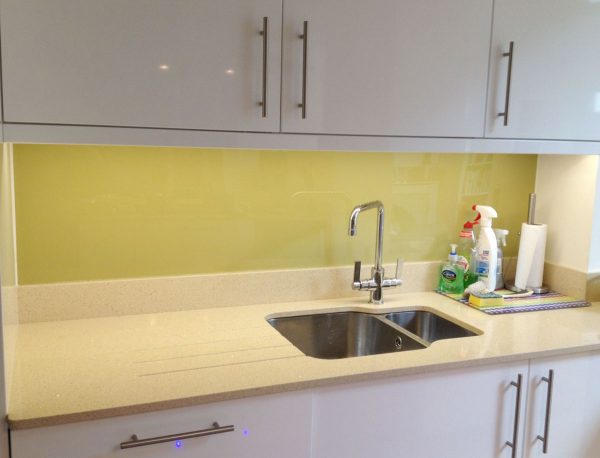There is a discussion of the various types of kitchen splashbacks and design ideas as well as cost comparisons between the various options from Sandra Brown's blog
When there are so many different options to choose from, it can be difficult to find the right backsplash for your kitchen design. In the world of fashion, deciding whether to play it safe and stick with a classic design or to take a risk and try something a little more playful can be a difficult decision.
What an acrylic splash guard is and how it is used to protect against water damage are concepts that I am completely unfamiliar with and have no understanding of whatsoever.
In order to construct this type of kitchen wall surface, a hard, durable material is used, and it is intended to be impervious to spills of food, liquids, or other substances that may occur near the stovetop, sink, or other high-traffic areas in the kitchen. It is common for a backsplash to be installed behind a stovetop to prevent hot food from damaging the wall behind the range when cooking on the stovetop. Durable materials (glazed tiles, glass, natural stone, or metal) are typically used to allow for simple cleaning and maintenance on a regular basis while still maintaining an attractive aesthetic. Also important in terms of appearances is the fact that depending on the size and placement of the plexiglass splash guard in the kitchen, it can become a focal point of the overall design of the room.
This section contains suggestions and ideas to make the process of choosing a splashback slightly less difficult, particularly when navigating through the various options available.

Which of the many plexiglass splash guard options available to me is the best fit for my kitchen environment, given the plethora of options available to me?
In order to purchase an acrylic splash guard, it is first necessary to determine the purpose for which the product will be used. When purchasing acrylic splash guards in general, it is a good idea to keep this in mind. Are there any signs that it can withstand being constantly wet, as it might be in the case of something like an over-the-sink faucet in a kitchen? What are your thoughts? Considering that you intend to install the cabinetry in a high-traffic area of the kitchen, you should consider whether it should be both functional and aesthetically pleasing. In your opinion, how appropriate is the location, and do you believe that color selection will have an impact on the final outcome? Do you have any questions for us right now?
As a result, if the appliance is installed behind the stovetop on the wall, it may be required to comply with stringent government standards, particularly if the stove is powered by natural gas or propane. It is almost certain that heat resistance, dent/smash/chip resistance, and ease of cleaning will be required regardless of the application, even when sticky substances such as toffee sputter out of a simmering pot. For those who are more concerned with how their hair appears, the good news is that there are no hard and fast rules that must be followed in this situation. Despite the fact that some acrylic splash guards, such as those previously mentioned, may be more appropriate for certain types of kitchens than others, there are a variety of options available to you. In a modern kitchen, an plexiglass splash guard may be more appropriate than an aluminum splashback in a historic kitchen, depending on the style of the kitchen.
If you want your splashback to blend in with the rest of the décor in your room, you should choose a color that is complementary to the other elements in the room. When attempting to draw the viewer's attention to a specific color, pattern, or texture, it is best to choose one that is in stark contrast to the background color or texture. The addition of simple custom touches to your space, such as creating a digital print and mounting it behind the glass of your splashback (as shown above), can help to infuse your space with a sense of artistic flair while also making it more inviting to be in.

The Wall